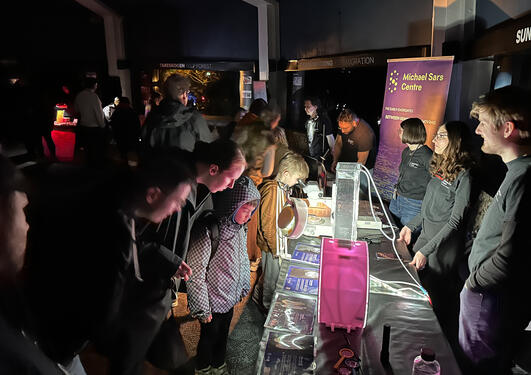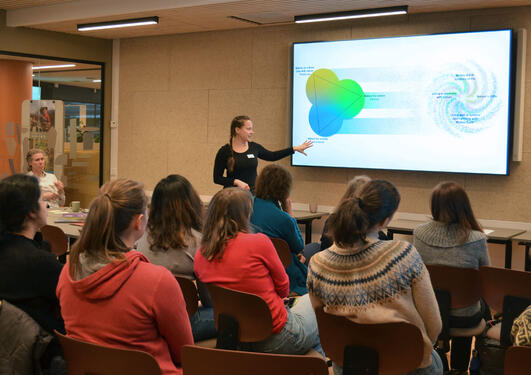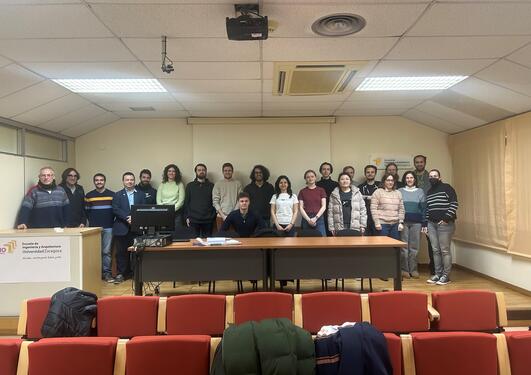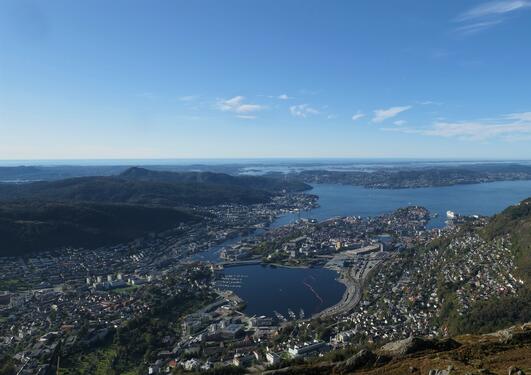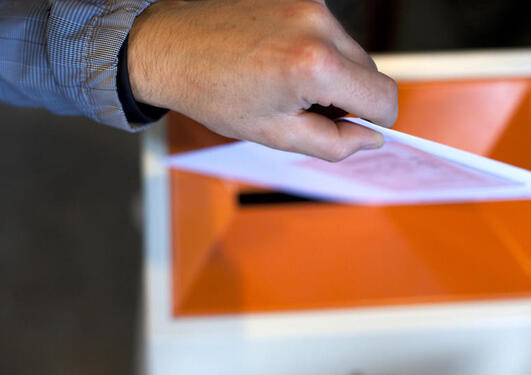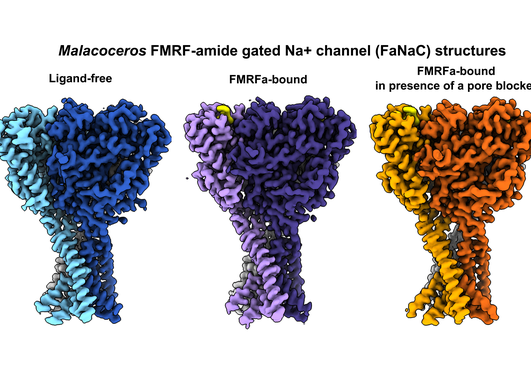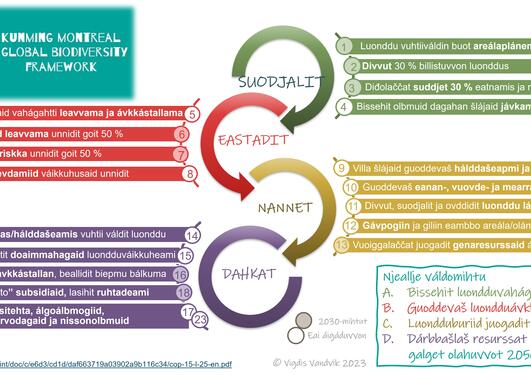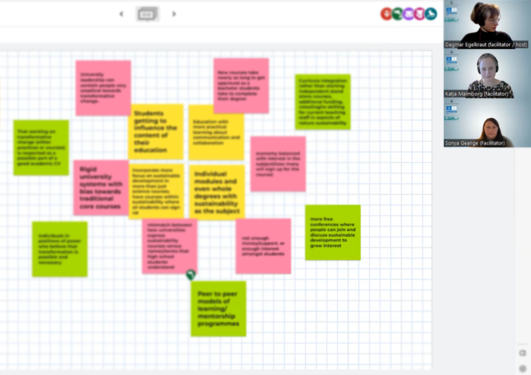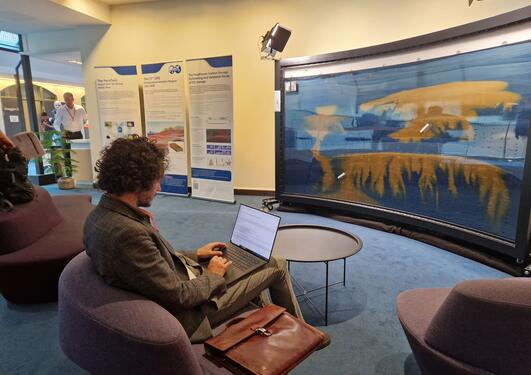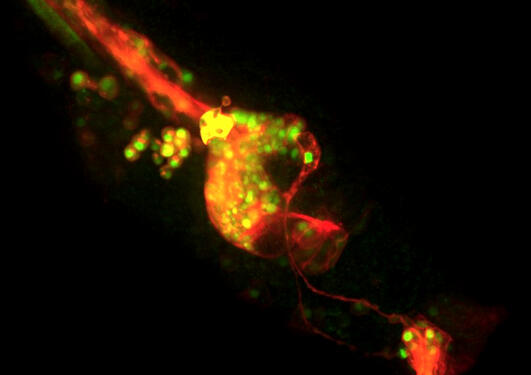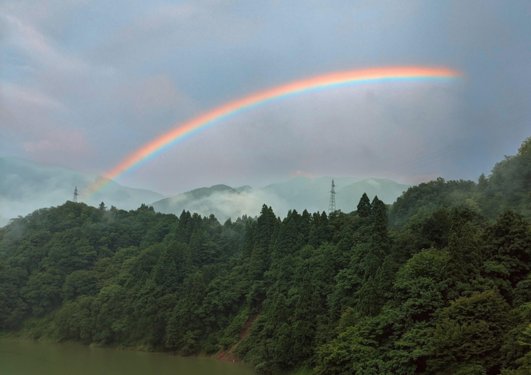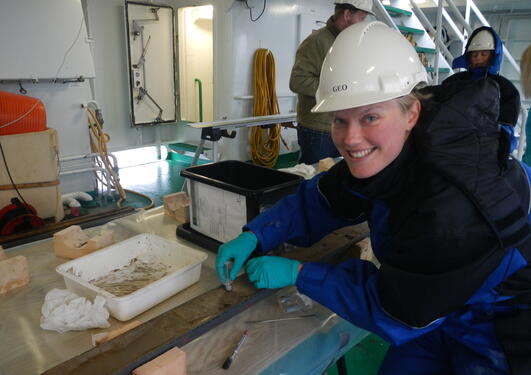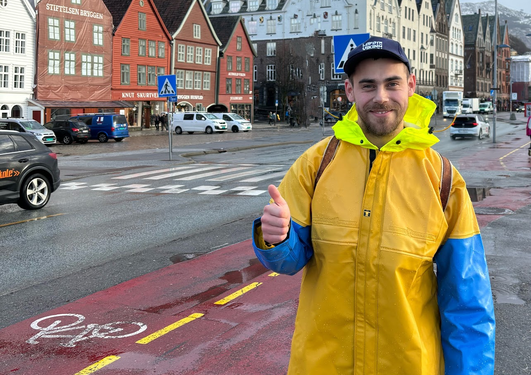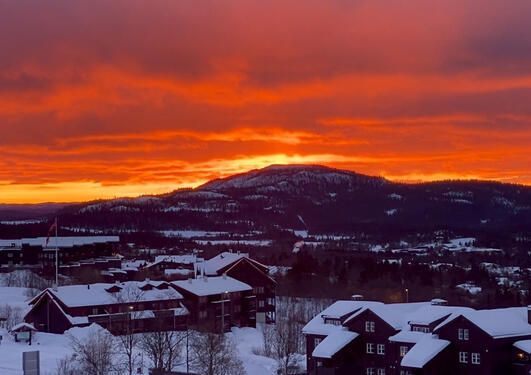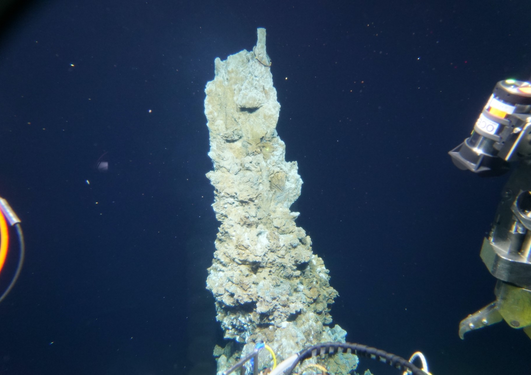News archive for Faculty of Science and Technology
Researchers from the Michael Sars Centre engaged visitors with interactive exhibits and offered insights into marine life fostering scientific curiosity and education among guests of all ages.
As the days are slowly getting longer, we take a moment to reflect on our achievements from last year.
From 8th to 13th of January, members of CSD/PMG traveled to Oslo, Zaragoza and Barcelona to participate in joint workshops with SIMULA Oslo, University of Zaragoza and Polytechnic university of Catalonia.
Klima- og miljødepartementet leder arbeidet med to stortingsmeldinger som skal legges fra ila. 2024; en om naturmangfold for å følge opp den internasjonale naturavtalen, og en om klima fram mot 2035 på veien mot lavutslippssamfunnet i 2050. UNESCO Chair Inger Måren har bidratt med innspill til regjeringen på vegne av CeSAM, Nordhordland UNESCO biosfæreområde, og den norske MAB-komiteen.
Here are the new faculty board representatives for Gr. B and Gr. D for the period 01.08.2024 - 31.07.2025.
Neuropeptides and their receptors are ubiquitous in animals, but the way they interact with each other is poorly known. In a new article, researchers described the dynamic structure of a FMRFamide receptor and novel tools to predict the function of these proteins in animals.
Our cheat sheet to the Kunming-Montréal Global Biodiversity Framework is getting widely shared, which is great news. To celebrate Sámi National day, it is now also available in Sámi.
February 7th the Centre for Sustainable Area Management (CeSAM) and the UNESCO Chair on Sustainable Heritage and Environmental Management hosted a student work shop during Day Zero of the 2024 Sustainable Developmental Goals (SDG) Conference.
The conference was held in Bergen from the 19th to the 22nd of June in 2023.
A new paper from the Chatzigeorgiou Group unravels the enigmatic sensory strategies of planktonic larvae using Ciona intestinalis as a model organism.
Summer of 2022, then UNESCO Chair MSc student Erika Scheibe went on a study trip to UNESCO Biosphere Reserve Hakusan in Japan. Here, international and Japanese students met to learn and teach each other about ecology, culture and tradition in the Biosphere Reserve.
Are inactive hydrothermal area really inactive? Maybe not... At least not microbiologically.
Isak Hammer is a new Ph.D. student at the Department of Mathematics and his project is part of the Center for Modeling of Coupled Subsurface Dynamics. We met him to find out more about his background and the project.
The Environmental Toxicology group attended the annual winter meeting at Beitostølen arranged by the Norwegian Society for Pharmacology and Toxicology (NSFT) amidst the breathtaking mountain winter landscape, taking home two presentation awards.
New microbiology research shows inactive hydrothermal vents are not so ‘dead’ after all (01.02.2024)
A new microbiology study points to highly active microorganisms living on ‘dead’ chimneys long after fluid flow has ceased to supply them with traditional chemical fuels. The findings have important implications for understanding inactive hydrothermal vents of commercial interest for deep-sea mining.
- 2025
- 2024
- 2023
- 2022
- 2021
- 2020
- 2019
- 2018
- 2017
- 2016
- 2015
- 2014
- 2013
- 2012
- 2011
- 2010
- 2009
